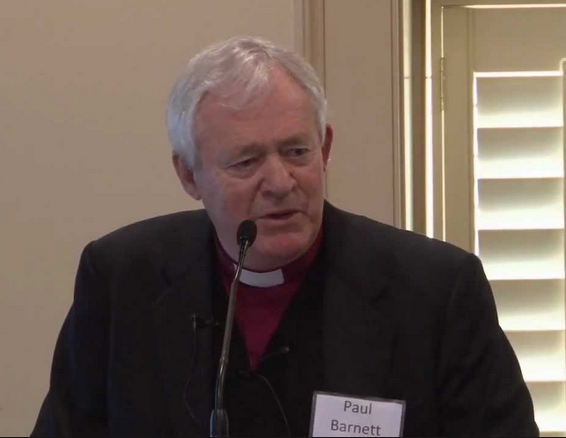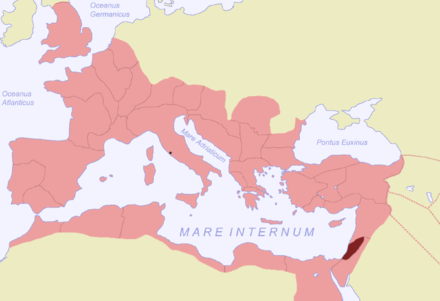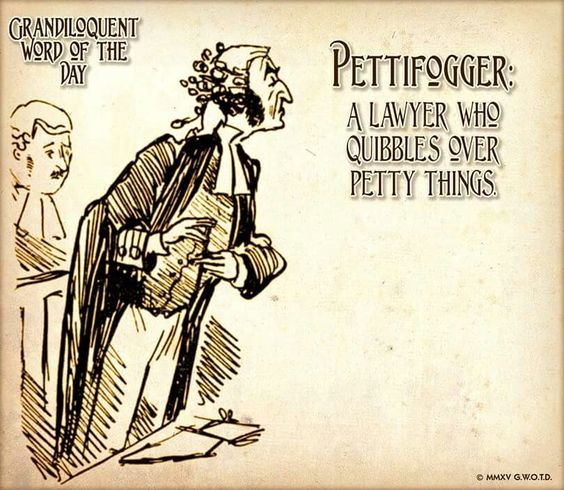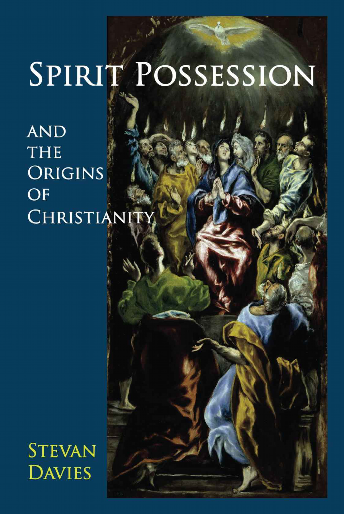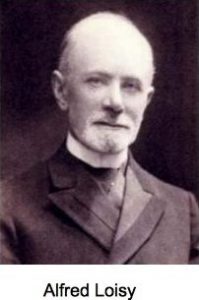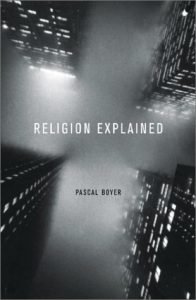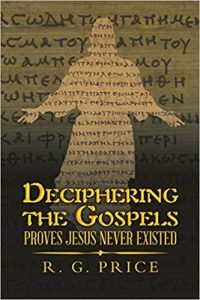Stop me if you’ve heard this before, but here’s another instance of that bookend/concentric/ring/chiastic structure that once upon a time a long time ago I thought was evidence of divine inspiration when I saw it in the Bible. I posted an example from Suetonius recently. This one is from Josephus and his book Antiquities of the Jews. It is set out and discussed by Steve Mason in his commentary on Josephus’s Life. Life has a structure that mirrors the Antiquities, Mason shows. So without the details that he mentions to fill in much that is generalized here, here is the structure of Antiquities.
Prologue (1.1-26)
PART I: First Temple {Ant. 1-10)
A. The Lawgiver’s Establishment of the Constitution (1-4)
Antecedents: Creation to the deaths of Isaac and Rebecca; Abraham the first convert (vol. 1)—in Mesopotamia
Antecedents: Jacob and Esau to the Exodus (vol. 2)
The Judean constitution: summary of priestly laws (vol. 3)
Forty years in desert, rebellion to the death of Moses; summary of the law as constitution (vol. 4)
B. First Phase: senate, kings, and high priests of Eli’s descent (5-8)
Conquest of Canaan under Joshua (vol. 5)
Conflicts with Philistines under Samuel and Saul (vol. 6)
Zenith of the first monarchy: the reign of David (vol. 7)
The reign of Solomon and division of the kingdom (vol. 8)
C. Second Phase: decline through corruption of the constitution (9-10)
Problems with neighbors to the fall of the Northern Kingdom (vol. 9)
CENTRAL PANEL: Fall of the first Temple; the priest-prophet Jeremiah and prophet Daniel assert the Judean God’s control of affairs and predict the Roman era. Decisive proof of the Judean code’s effectiveness.
PART II: Second Temple {Ant. 11-20)
A. Re-establishment of the aristocracy through the glorious Hasmonean house; its decline (11-13)
Return of Jews under Cyrus to Alexander the Great (vol. 11)
Successful interaction with the Ptolemaic world from the death of Alexander; translation of the LXX; Tobiad story; the Hasmonean revolt (vol. 12)
Zenith of the Hasmonean dynasty with John Hyrcanus; monarchy and decline to the death of Alexandra (vol. 13)
B. Monarchy writ large: Herod (14-17)
The end of the Hasmoneans; Roman intervention in Judea; Herod’s rise to power; benefits to the Judeans (vol. 14)
Herod’s conquest of Jerusalem; building projects and dedication of Temple (vol. 15)
Herod at the peak of his power; his domestic conflicts (vol. 16)
The end of Herod’s life; his son Archelaus (vol. 17)
C. World-wide effectiveness of the Judean constitution (18-20)
Judea becomes a province; Judeans in Rome; Roman rule to Agrippa I; Herod’s descendants; Gaius’ plan fails and he is punished; Asinaeus and Anilaeus in Babylonia (vol. 18);
Detailed description of Gaius’ punishment; promotion of Claudius; career of Agrippa I; the Roman constitutional crisis; Judeans in Alexandria (vol. 19)
From the death of Agrippa I to the eve of the revolt; the conversion of Adiabene’s royal house in Mesopotamia; causes of the revolt; concluding remarks (vol. 20)
Epilogue (20.259-68)
Mason, Steve. 2001. Flavius Josephus: Translation and Commentary, Volume 9: Life of Josephus. Leiden: Brill. p. xxiv

